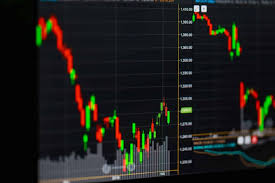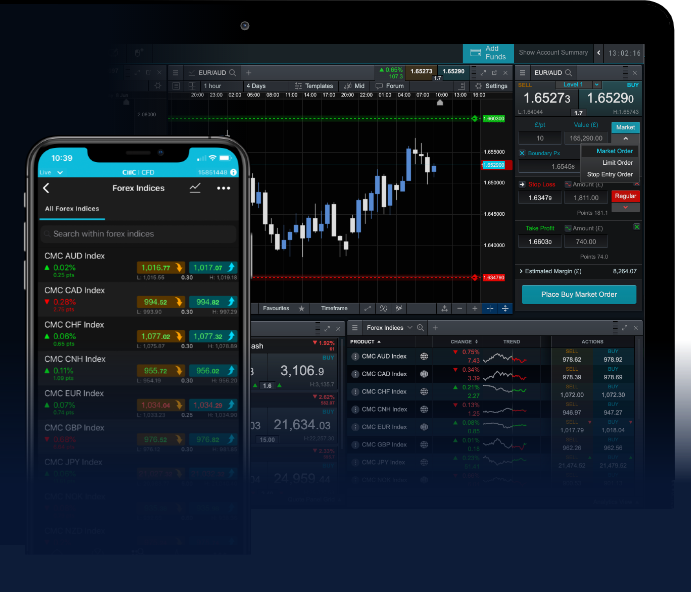
Forex trading, or foreign exchange trading, is one of the largest and most liquid financial markets in the world. With an average daily trading volume exceeding $6 trillion, it offers vast opportunities for traders looking to profit from currency fluctuations. In this article, we will delve deeper into what Forex trading is, how it works, and the strategies you can employ to succeed. If you want to enhance your knowledge further, check out forex trading explained FX Trading UZ.
What is Forex Trading?
Forex trading involves buying and selling currencies to make a profit. Unlike stock trading, where you own a piece of a company, trading currencies involves exchanging one currency for another. The Forex market operates 24 hours a day, five days a week, and involves participants ranging from banks and financial institutions to individual retail traders.
How Forex Trading Works
The Forex market functions on a currency pair basis, where you buy one currency while simultaneously selling another. Currency pairs are categorized into three types: major pairs, minor pairs, and exotic pairs. Major pairs involve the world’s most traded currencies, such as USD/EUR and USD/JPY. Minor pairs consist of currencies that are less commonly traded but still significant, such as GBP/AUD. Exotic pairs involve a major currency paired with a currency from an emerging market.
The Mechanics of Currency Exchange
To understand Forex trading, it’s crucial to grasp how currency prices are determined. Currency prices fluctuate based on economic indicators, interest rates, political stability, and other market dynamics. When you place a trade, you are speculating on the future value of a currency pair. If you believe a currency will strengthen against another, you will execute a “buy” order. Conversely, if you anticipate a decline, you will place a “sell” order.
Types of Forex Markets

The Forex market can be divided into three main categories based on the participants involved:
- Spot Market: The most straightforward form of Forex trading involves immediate exchange at the current market price.
- Forward Market: Involves contracts to buy or sell a currency at a future date at a predetermined price.
- Futures Market: Similar to the forward market, but the contracts are standardized and traded on exchanges.
Forex Trading Strategies
Successful Forex trading requires a well-thought-out strategy. Here are some common approaches:
1. Scalping
Scalpers aim to make numerous small profits by executing many trades throughout the day. This strategy requires significant time commitment and quick decision-making.
2. Day Trading
Day traders buy and sell currencies within a single trading day, often closing all positions before the market closes to avoid overnight risk.
3. Swing Trading
Swing traders hold positions for several days to weeks, aiming to capitalize on short to medium-term market moves. This strategy requires a good understanding of market trends and chart analysis.

4. Position Trading
Position traders focus on long-term market trends and may hold their positions for months or even years. This strategy is more about fundamental analysis rather than technical analysis.
Risk Management in Forex Trading
Risk management is essential in Forex trading. By managing risk effectively, traders can protect their capital and stay in the game longer. Here are some methods for effective risk management:
- Setting Stop-Loss Orders: A stop-loss order automatically closes your position if the price moves against you by a certain amount, limiting your losses.
- Using Leverage Wisely: While leverage can amplify profits, it can also increase losses. It’s crucial to understand how leverage works and use it judiciously.
- Diversifying Your Portfolio: Don’t put all your funds into one currency pair. Diversifying can help mitigate risk across different market movements.
Psychology of Trading
The psychological aspect of Forex trading can often determine success or failure. Emotions such as fear, greed, and impatience can cloud judgment and lead to poor decision-making. Developing a solid trading plan and sticking to it can help avoid the pitfalls of emotional trading.
Conclusion
Forex trading offers unique opportunities for traders to profit from currency movements. However, it also comes with significant risks. Understanding the fundamental concepts, developing a robust strategy, practicing effective risk management, and maintaining a disciplined approach are vital for success in the Forex market. Whether you’re a novice or an experienced trader, continuous learning and adaptation will play critical roles in your trading journey.